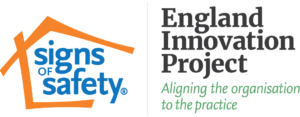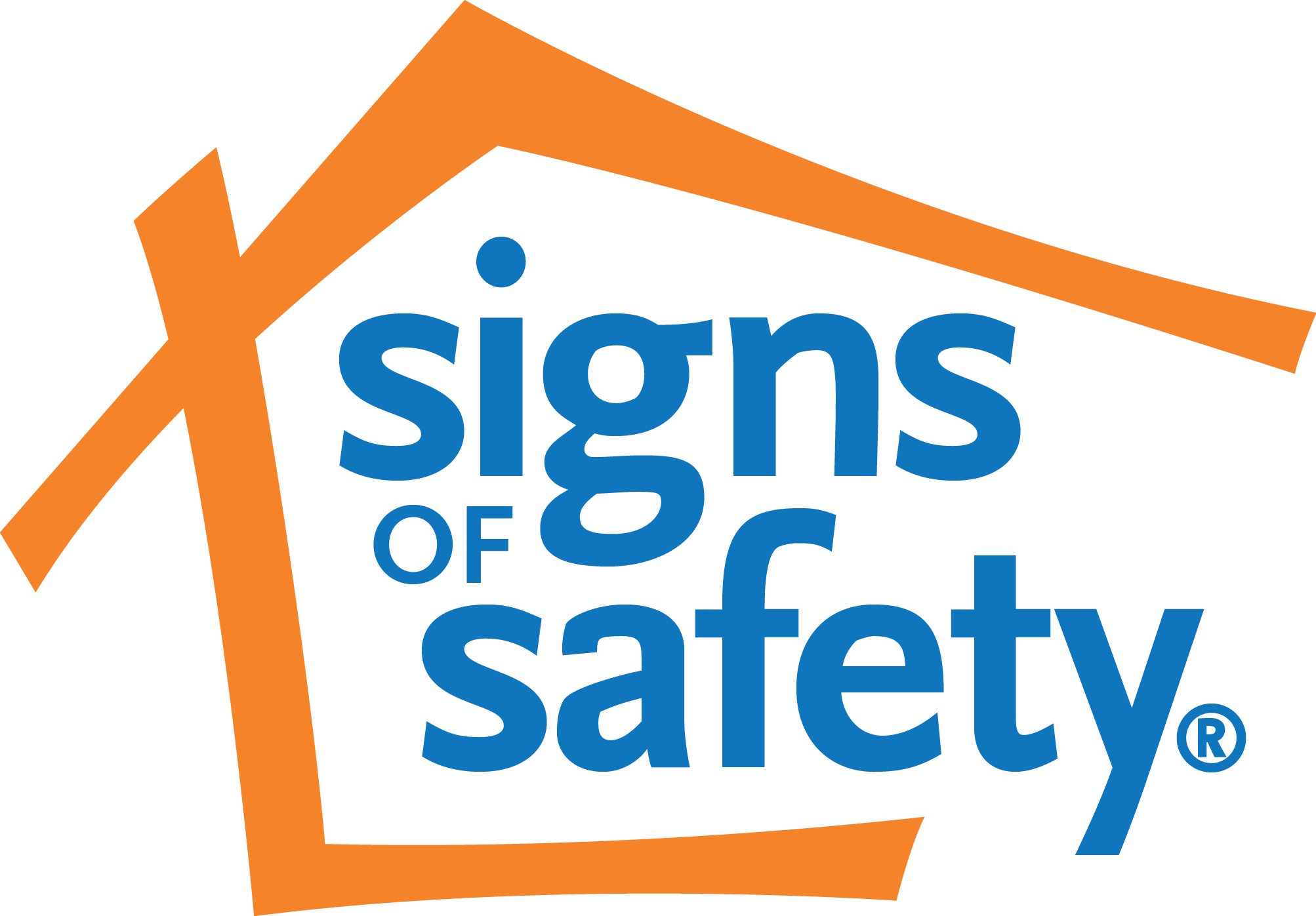 The England Innovation Project (EIP) involving ten local authorities had its fourth leaders’ day in June and worked to build on the achievements and challenges identified in the first staff survey.
The England Innovation Project (EIP) involving ten local authorities had its fourth leaders’ day in June and worked to build on the achievements and challenges identified in the first staff survey.
Signs of Safety practice has had a great reaction in the agencies and all are aligning organisational arrangements to be consistent with and support the practice methodology, and there is clear leadership commitment. On the other hand, challenges remain to get consistent practice across the organisations, for the alignment of case management processes to fully match the practice, and to have leadership engagement with the actual practice informing the implementation. So the EIP, like all implementations, is a work in progress.
The EIP leaders’ day also heard that at least 63% of agencies across England are using Signs of Safety, either as their sole practice framework (30%) or in combination with other approaches (33%). This is based on a survey of all statutory agencies in England for which there was an 86% response rate and it was 63% of responders who reported using the approach. Baginsky et al (in preparation)
It is of course very welcome to know that so many agencies are working with Signs of Safety. The drive to participatory practice with families truly at the centre, with tools that are fit for purpose for workers, is strong. On the other hand we do wonder whether the Signs of Safety that agencies report really is Signs of Safety.
So, one of the next steps in the EIP is to begin exploring a Signs of Safety accreditation system. One of the key questions in this exploration is whether such a system would focus on the Signs of Safety methodology or the overarching ethos of participatory practice and inclusive leadership.
Whatever the outcome of exploring accreditation might be, the hard work of implementing Signs of Safety, that of building rigorous family centred practice and aligning the organisation to support the practice, goes on.
